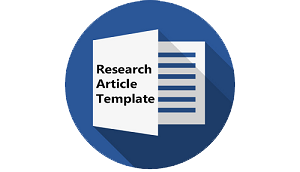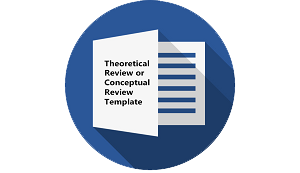ALIH KODE DALAM INTERKASI DI LINGKUNGAN PONDOK PESANTREN ULIL ALBAAB: KAJIAN SOSIOLINGUISTIK
DOI:
https://doi.org/10.30957/cendekia.v11i2.328Keywords:
interaction, code switching kinds, language variationAbstract
  This research describes the use of code switching into four domains and the code switching form in the Ulil Albab boarding schools Sasak. This study applied qualitative approach and used sociolinguistics as the basis of interpretation. Subject of this study were santri and teachers in the pesantren. The primary data were observed from the classroom settings and daily activities in the pesantren, when santri and teachers spoke in four languages: Indonesian, English, Arabic, and Sasak language. Data were analyzed using theory of code switching and code mixing from Dell Hymes. The study revealed that code switching occurred 138 tokens and conversation appeared at 75%. Code switching was used as to give better comprehension to partnered-speaker.
Downloads
Download data is not yet available.
Downloads
Published
2019-05-08
How to Cite
Wahidah, B. Y. K., Djatmika, D., & Marmanto, S. (2019). ALIH KODE DALAM INTERKASI DI LINGKUNGAN PONDOK PESANTREN ULIL ALBAAB: KAJIAN SOSIOLINGUISTIK. Cendekia: Jurnal Pendidikan Dan Pembelajaran, 11(2), 143–158. https://doi.org/10.30957/cendekia.v11i2.328
Issue
Section
Articles
License
Authors who publish with this journal agree to the following terms:
- Authors retain copyright and grant the journal right of first publication with the work simultaneously licensed under a Creative Commons Attribution-ShareAlike 4.0 International License that allows others to share the work with an acknowledgement of the work's authorship and initial publication in this journal.
- Authors are able to enter into separate, additional contractual arrangements for the non-exclusive distribution of the journal's published version of the work (e.g., post it to an institutional repository or publish it in a book), with an acknowledgement of its initial publication in this journal.
- Authors are permitted and encouraged to post their work online (e.g., in institutional repositories or on their website) prior to and during the submission process, as it can lead to productive exchanges, as well as earlier and greater citation of published work (See The Effect of Open Access).












